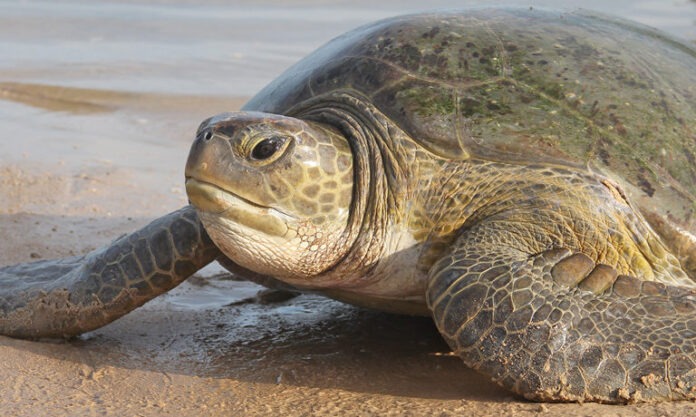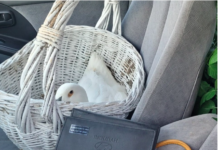Last Updated on August 3, 2021 by Fumipets
Turtles are intriguing, peaceful, and low-maintenance creatures. As a result, they may be a desirable pet.
Having a pet turtle, however, isn’t for everyone. They aren’t very engaging or cuddly animals, they may transmit illnesses, and they may even outlast you due to their legendary long lifespans. You’ll also need to think about housing and food needs for all turtles.
Turtles come in a range of shapes and sizes, and some make better pets than others. Some may grow to be extremely big, while others are renowned for being more social and less aggressive, and they will all have distinct space, lighting, and dietary needs.
We’ve compiled a list of 10 common turtle species as pets, along with some information on their care needs, to assist you in determining if a turtle is appropriate for you and your family.
Red Eared Slider
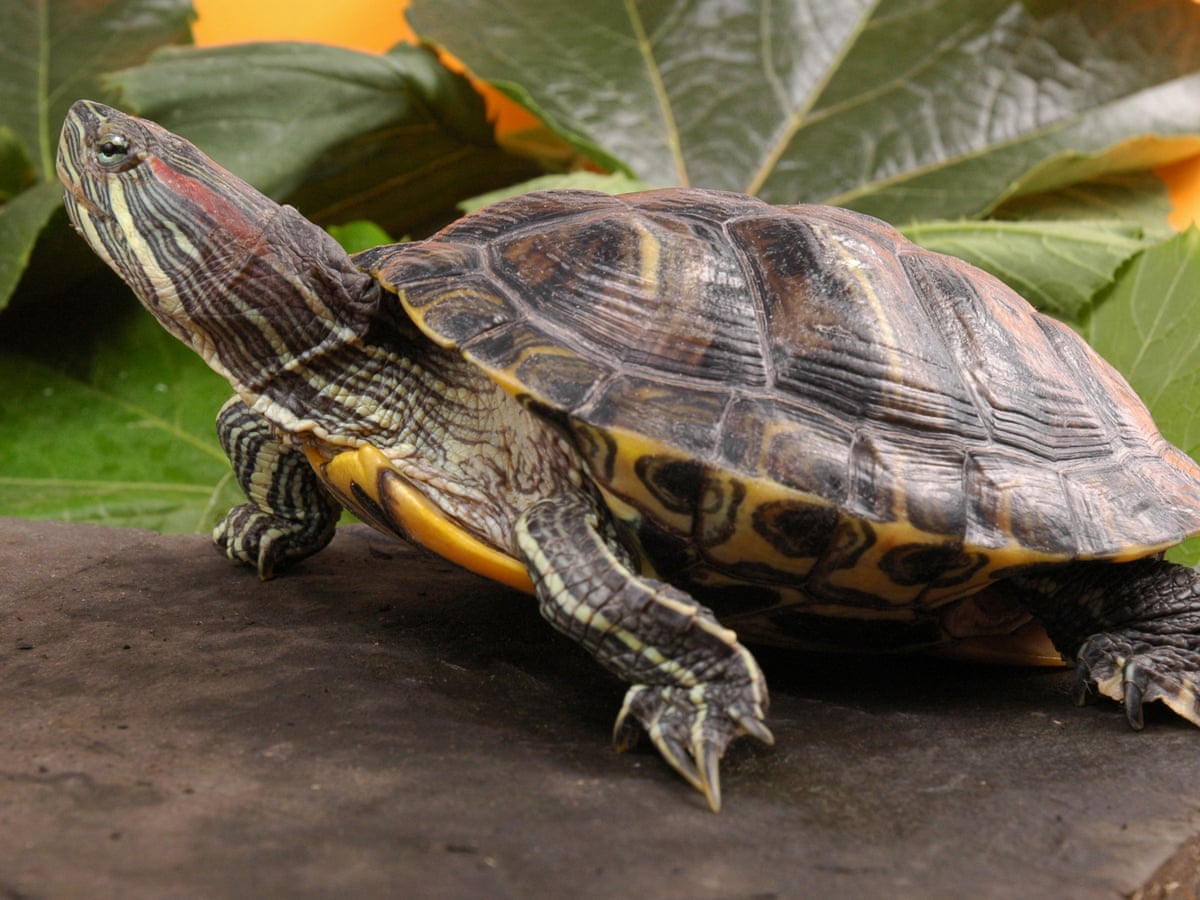
One of the most popular aquatic turtle species is the Red Eared Slider. They’re more social and friendly than some of their cousins, they’re quite active, and they’re readily accessible.
These turtles are usually kept inside, but with the proper shelter, cleanliness, and warmer temperatures, they may thrive in an outdoor pond as well. It may become simpler to give them the space they need outdoors as they get older.
Red Eared Sliders may grow to be very big, so their tank should be spacious and have plenty of places for them to bask. UV lights and a robust water filtering system are required. These men have a reputation for being a little sloppy!
Because of their size, food requirements, and housing requirements, they may be more costly to care for than other turtles. They are, however, a robust and vigorous species that may live for more than 50 years if properly cared for.
African Sideneck Turtle

These unusual aquatic turtles have long necks that can’t be completely retracted inside their shells, and their structure is different from that of conventional water turtles.
They’re a popular option because of their distinct look and size, but they need more complicated care than other turtles.
The water of African Sideneck Turtles must be maintained clean and changed on a weekly basis. A good filtering system, on the other hand, allows for less frequent replacement.
They love swimming despite their tiny size and need a big tank, preferably at least 75 gallons. They need appropriate basking platforms with UV lamps, and the temperature should never go below 70 degrees. One of the reasons they should be kept inside is because of this.
They also need a diverse and fresh diet to avoid Vitamin A and D3 deficiency.
Sideneck turtles may be inquisitive turtles who won’t scurry away to hide when you arrive to watch them if you don’t push encounters.
Eastern Box Turtle
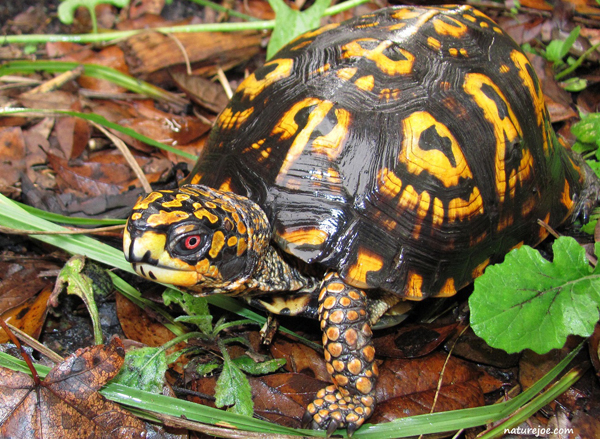
Eastern Box Turtles need a lot of room, but they’re flexible and can survive inside or outdoors with the proper habitat.
They enjoy a humid habitat, need a small pool of water in their cage, a wet substrate, and, if maintained inside, a UVB basking lamp.
If their surroundings are excessively chilly and dry, they are more susceptible to respiratory illnesses.
Although these turtles are timid, they are not hostile, and with the proper gentle interactions and little handling, you may begin to see their personality emerge. If you have a nice treat, they may even come out to meet you.
Western Painted Turtle
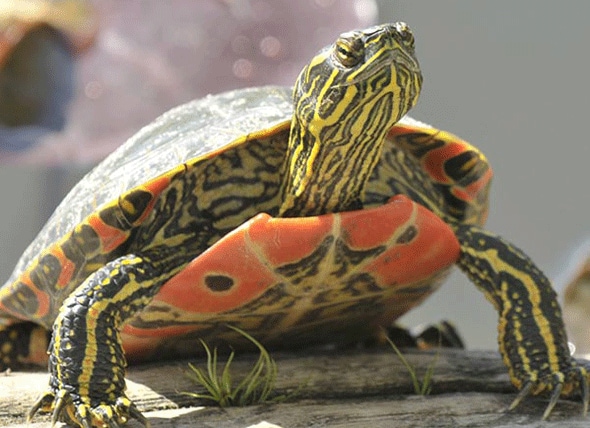
If you want a turtle that is unique and beautiful to look at, a Western Painted Turtle may be a good choice. They have a lot of shell marks on them.
These aquatic turtles need a large tank or outdoor area, a competent water filtration system, and basking lights to assist maintain a warm temperature, despite their small size. They have comparable housing requirements as the Red-Eared Slider.
They may be timid, and they aren’t turtles that like being handled often.
Because they like eating while swimming, choosing food that can be readily taken out of the water if not consumed is a smart option for keeping the tank clean for longer.
Mississippi Map Turtle

Mississippi Map Turtles have a prominent dorsal fin that runs the length of its shell, which is why they’re also known as ‘Sawbacks.’
They don’t need as large an enclosure as some of their aquatic turtle cousins, which makes them a viable option for people with limited space.
They can live up to 30 years, although their life expectancy is a little lower than normal.
They are more cautious of humans than other turtles, which makes them more susceptible to stress. You’ll need to limit your handling to a bare minimum and establish an atmosphere that enables them to rest and hide.
Map turtles are more robust and resistant to disease than other turtle species. However, clean water, enough lighting, and a balanced diet are still required to avoid fungal infections and deficiencies.
Common Musk Turtle (Stinkpot)

One of the most well-known aquatic turtle species is the common musk turtle. They’re tiny, and they don’t need as much attention as some other animals.
However, these are not turtles that do well with a lot of handling. They may be abrasive, and when threatened, they emit a nasty, musty stench. This is how they earned the moniker ‘The Stinkpot.’
Because they are not as powerful swimmers as certain aquatic turtles, the water in their cage should be kept at a shallow depth. They should also have lots of places where they can readily come out of the water and bask in the UVB sun.
Spotted Turtle
/GettyImages-557232791-de1370a3d2e84add9fb50ff9a1b524fd.jpg)
If you just have a little amount of room and want to keep an aquatic turtle, the Spotted Turtle is one of the smallest kinds that may be maintained in captivity. They’re extremely attractive to look at, with their unique speckled shell, and can live both inside and outdoors with the proper habitat.
They are, however, a long-term commitment, with some people surviving to be over 100 years old!
Because they aren’t especially good swimmers, like Musk Turtles, they shouldn’t be in water that is too deep for them. They also need warm basking platforms and decorations that allow them to relax.
It’s also essential to consume a well-balanced diet that includes lots of meat, as well as leafy greens and fruit.
Yellow-Bellied Slider
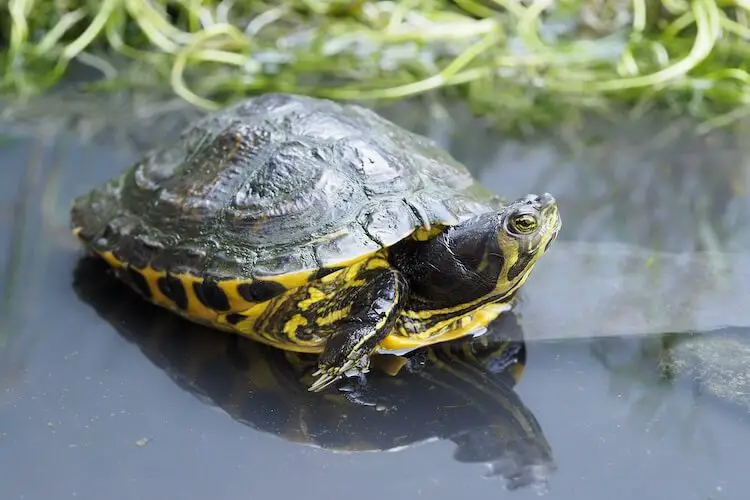
Yellow-Bellied Sliders are one of the most popular aquatic turtle species to keep as pets since they are resilient if given the proper food, cage, and illumination.
They are more active throughout the day than other turtles, which attracts many owners who want to watch them.
Because they’re larger than the Stinkpot or the Spotted Turtle, they’ll require a large tank or an appropriate outside habitat.
They’re pretty simple to find due to their popularity. Just make sure your Yellow-bellied Slider comes from a reliable breeder or provider.
Reeve’s Turtle

The Reeve’s Turtle is most likely one of the most social turtles on our list. They even like being handled with care and patience, which is uncommon for an aquatic turtle. Handling may be upsetting for them, therefore it should only be done when absolutely necessary.
Their needs are comparable to those of the Red-eared Slider, although they’re smaller and don’t need as much space.
They are a reasonably healthy turtle, but they do not live as long as other turtles. This may appeal to owners who aren’t seeking a long-term commitment.
Wood Turtle
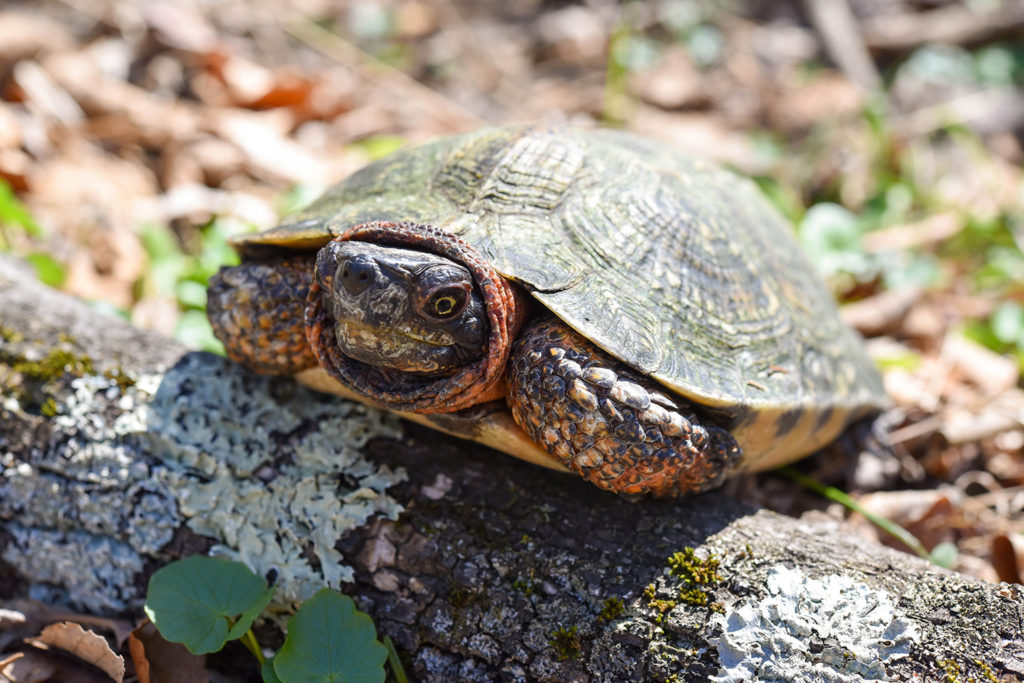
The Wood Turtle is renowned for being both friendly and resilient when handled and interacted with properly. Their requirements aren’t as complicated as those of most aquatic animals. They do, however, need a large cage, which means they’re generally better suited to being kept outside.
Because they aren’t aquatic, they may die if the water is too deep, therefore it’s critical to maintain their pond at a safe depth.
They also need a high-protein diet that includes lots of meat as well as leafy vegetables.
These turtles aren’t easy to come by, and keeping them may be banned in certain states. You should do your homework and make sure you’re buying a Wood Turtle from a reputable and ethical breeder.
Conclusion
Turtles may be fascinating pets, but they are not a commitment to be taken lightly. They need a lot of room, as well as specialised technology to keep their enclosures clean and warm. They also have particular nutritional needs.
They’re also a lifelong commitment since they can live up to 50 years old and beyond.

